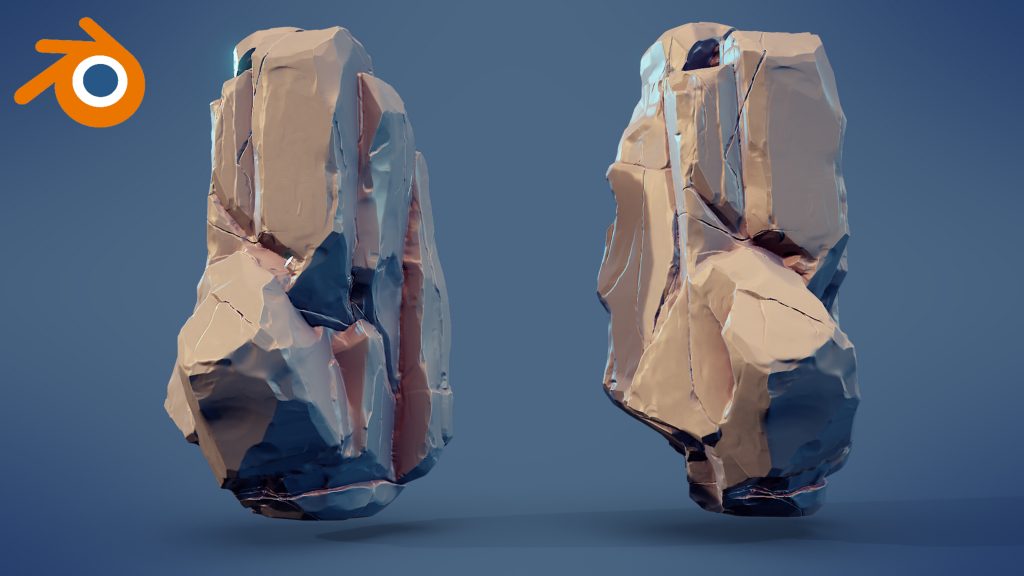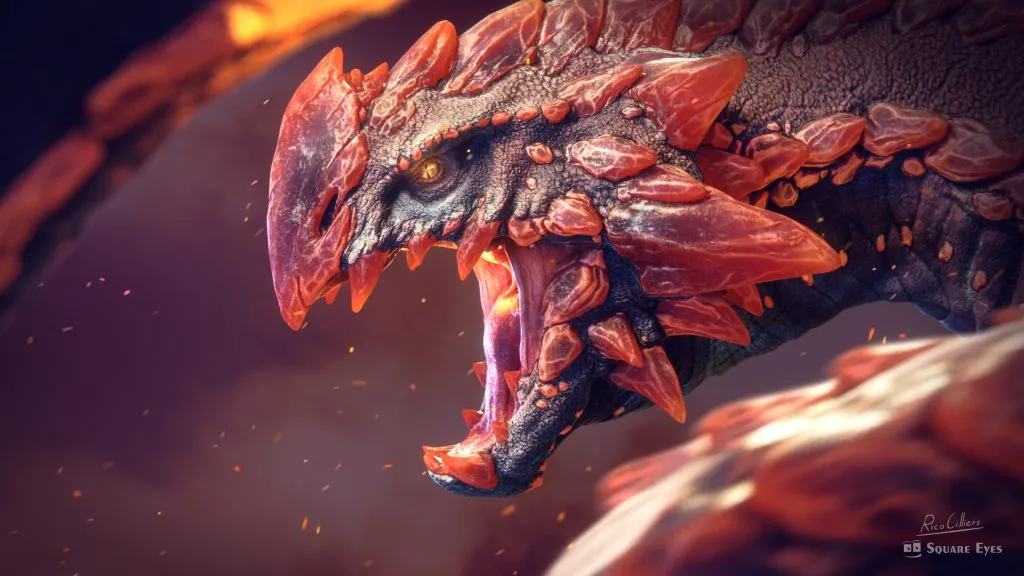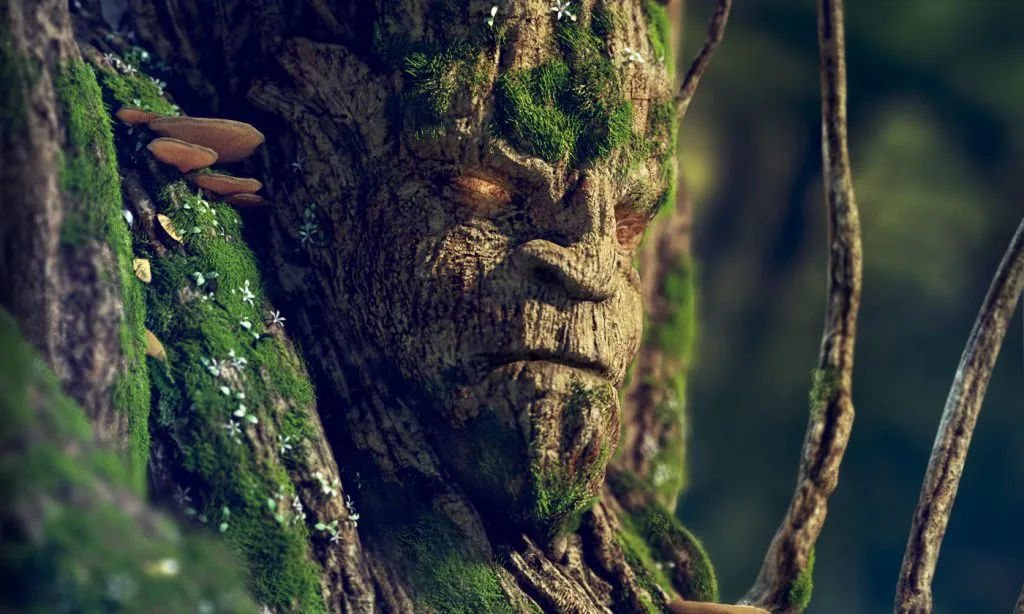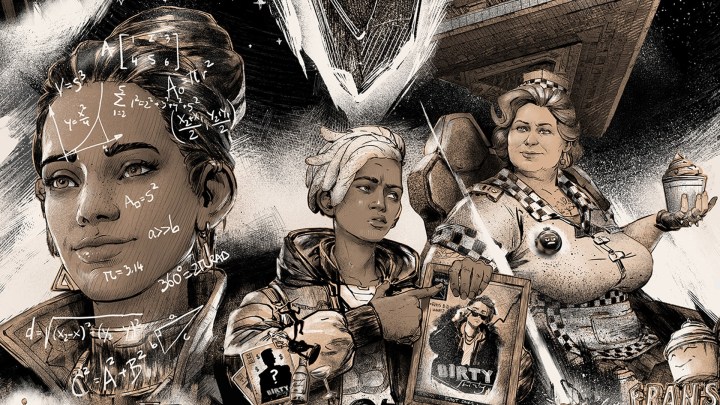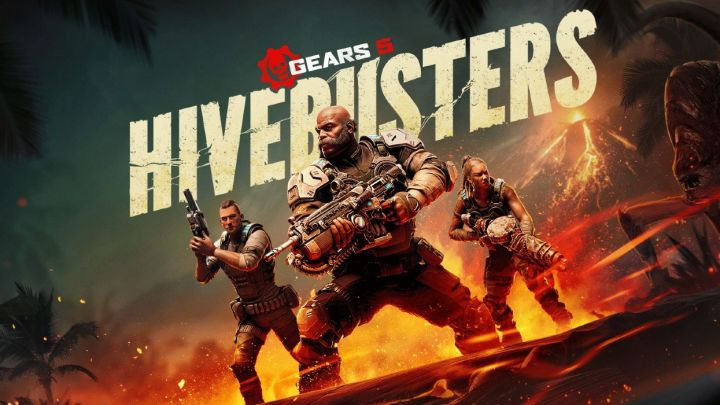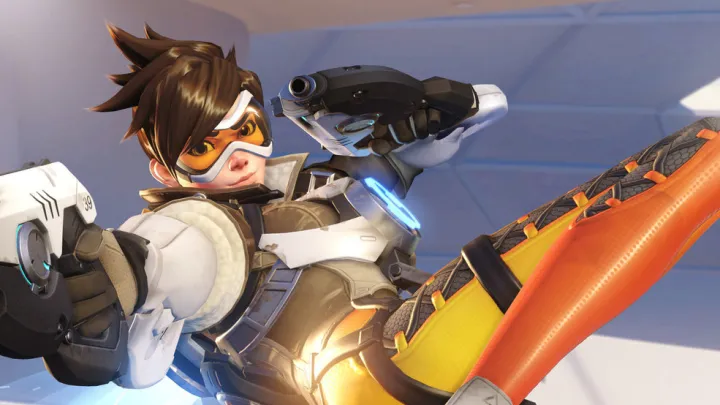Intro to Sculpting in Blender With Rico Cilliers
This ArtStation Learning course introduces Blender’s sculpting toolset and features, with Rico Cilliers taking you through his process and workflow for sculpting a typical rock formation. He also covers how to create your own alphas and brushes, enabling you to work as quickly and efficiently as possible!
 Rico Cilliers is a self-taught Freelance 3D Artist with eight years of experience working in the game and animation industries. He’s worked as a character and environment artist on games such as Wasteland 3, Godfall, and Scavengers. He specializes in organic and character sculpting, as well as high/low-poly modelling and texturing.
Rico Cilliers is a self-taught Freelance 3D Artist with eight years of experience working in the game and animation industries. He’s worked as a character and environment artist on games such as Wasteland 3, Godfall, and Scavengers. He specializes in organic and character sculpting, as well as high/low-poly modelling and texturing.
Behind the course:
I’ve always focused more on character art, but since I’m self-taught in many areas of the 3D pipeline, I picked up environment-related sculpting pretty early on from having to create small environments for my characters to live in. A big breakthrough in my understanding of environmental asset design came when I took part in The Journey ArtStation challenge a couple of years ago. During that challenge, I basically had to learn or re-learn a lot of things, one of them being how to sculpt and texture believable rocks and stones. My final entry was a bit of a mixed result, but it was an incredible learning experience overall and I owe much of my knowledge to taking part in that.
More recently I had the opportunity to work on a few game projects for a studio called Dekogon, mainly as an organics artist. During my time with them, I was given a lot of rocks, trees, and other assets to sculpt in ZBrush. Where the ArtStation challenges had taught me a general pipeline to create believable assets, working with Dekogon really helped me refine my skills, especially within a real-time/games related context. I think that my course will be valuable to anyone who wants to learn a basic approach to sculpting environment assets for games, and also just some general practices and what to look out for.
Most memorable learning experience?
My most memorable learning experience was taking part in a short internship at a local animation studio called Bugbox Animation, here in South Africa. I’d had very little production experience at that point, and my friend Greg Zaal needed someone to fill his role at the studio for a few weeks. He arranged an interview for me and I was given the job. It was an incredible environment for learning and connecting with artists who were already working in the industry. I’d never used half of the software packages they had, and the time I spent there just helped me broaden my frame of reference, which is a very important and often overlooked aspect for beginners. I remember trying out Pixologic’s Sculptris for the first time, and that’s how I got into digital sculpting.
How do gameplay & game design factors influence your creative decisions?
The main factor that drives all decisions for a typical environment asset is how the player will interact with it. You have to give a fair bit of thought to how you can make it easier for the player to traverse a piece of terrain; how a certain tree branch or plant might obstruct them; or just how the in-game view will be affected by the silhouette of the asset. Always keeping the player in mind is probably one of the most important aspects.
Apart from that, it depends very much on the type of game, and consequently the pipeline that is used. For example, you’d expect a typical rock formation sculpted in ZBrush to have lots of tiny surface details hard-sculpted into the surface. However, it’s often a far better approach to only sculpt the large and medium forms as I did in my course, and leave the tiny details to the texturing and shading phase. Small things like this often add up to a much more painless process for everyone involved.
1 piece of advice:
It might be scary, but try to embrace the fact that your inexperience gives you huge freedom and an opportunity to explore and have fun, and to essentially find what makes you happy as an artist.
You may never have more freedom to do whatever you want than when you’re just starting out. Once you gain some experience you will have more possibilities open to you, but all too often that experience and knowledge come with an increased self-consciousness and sense of responsibility when you land your first job. Cherish your freedom, and retain it if at all possible.
ArtStation Learning courses are included in all ArtStation premium subscriptions. Find out more >
Visit Rico’s ArtStation portfolio >
Get Blender for free here >
